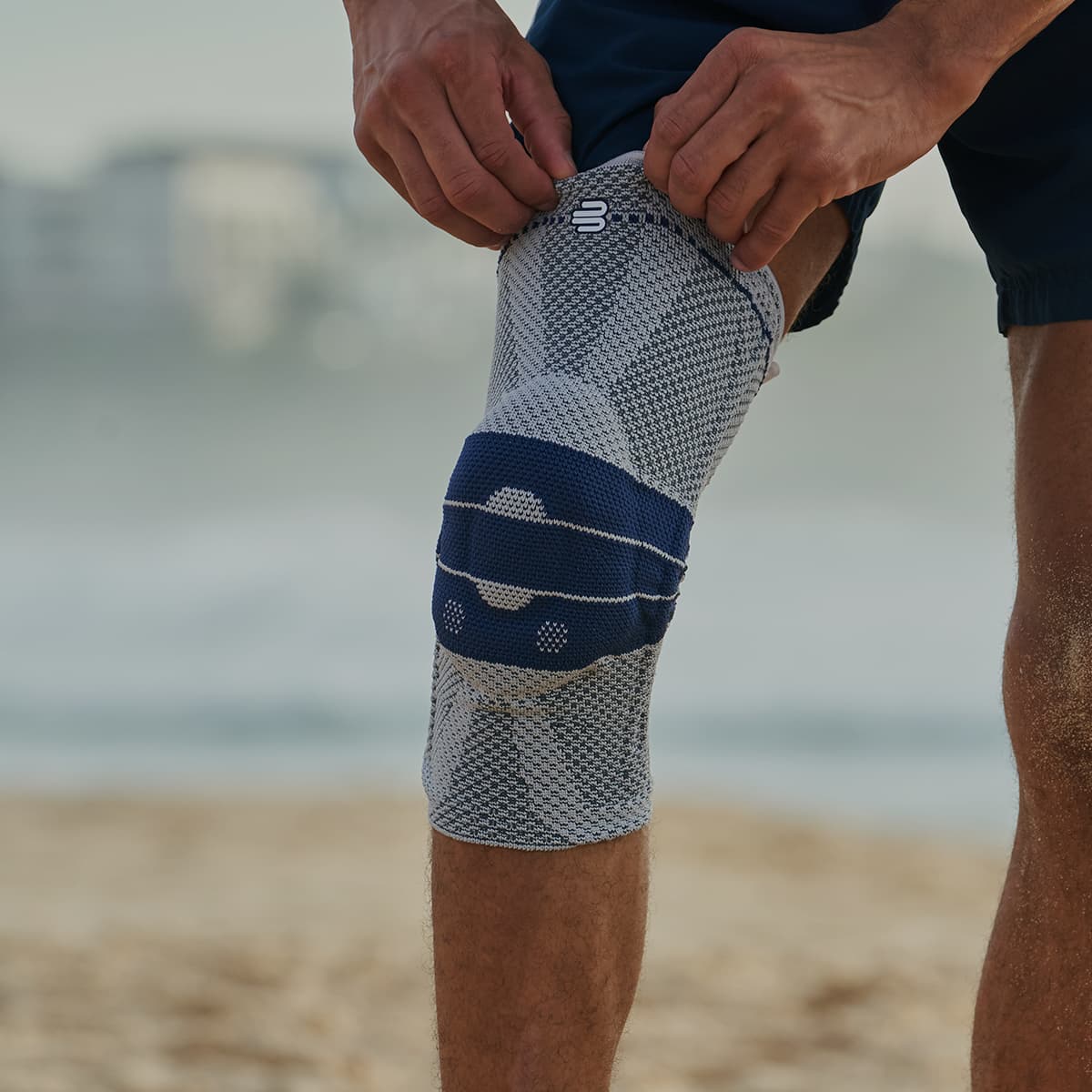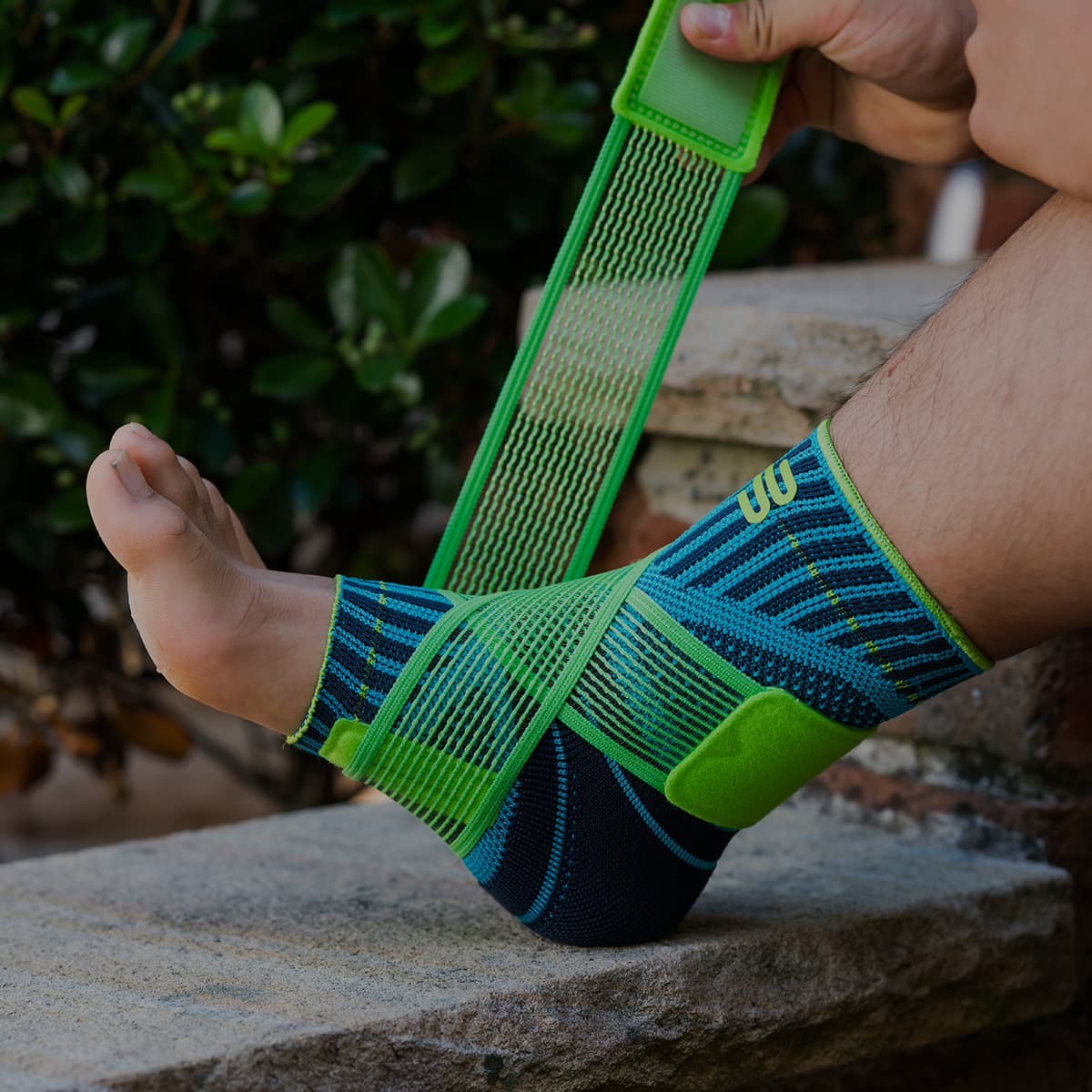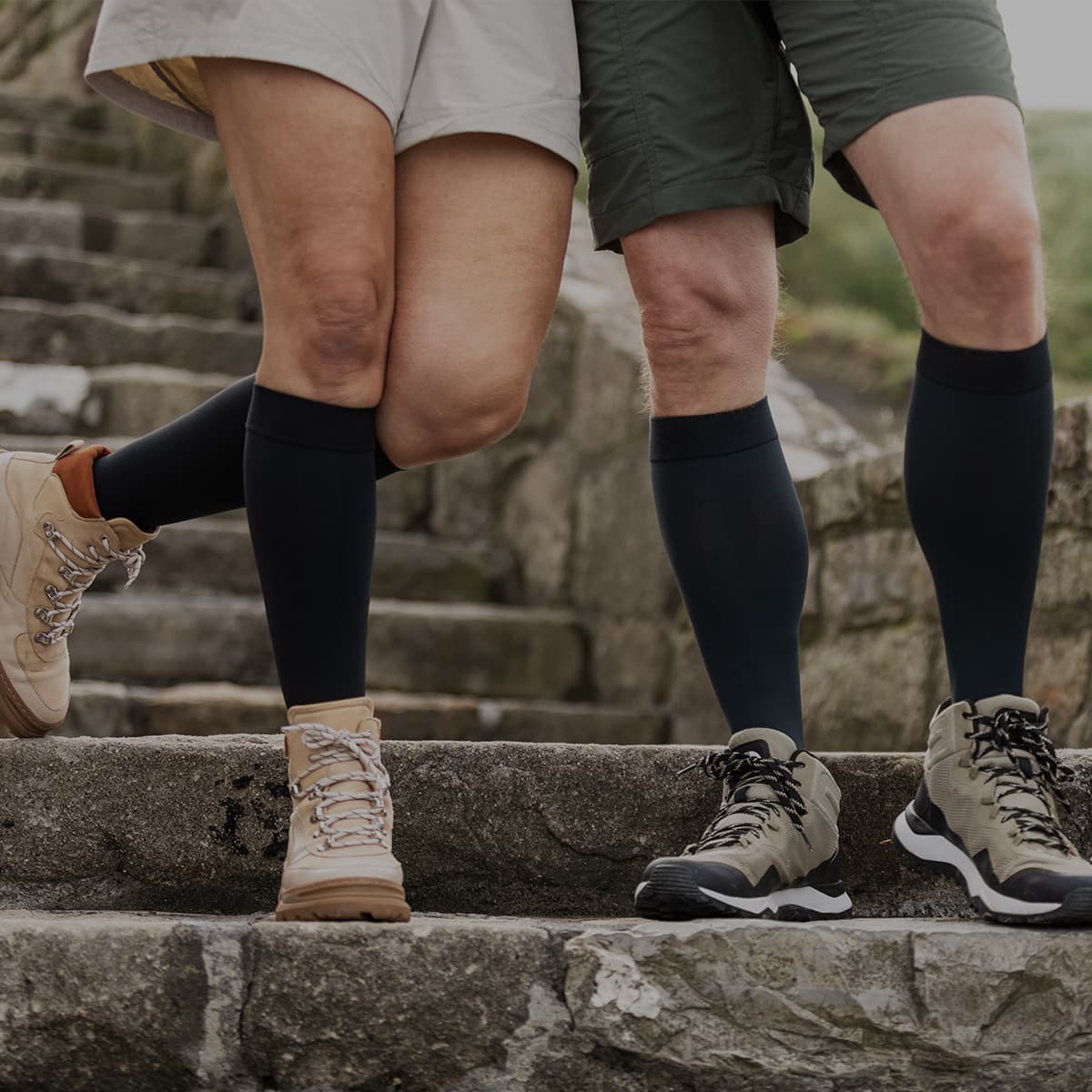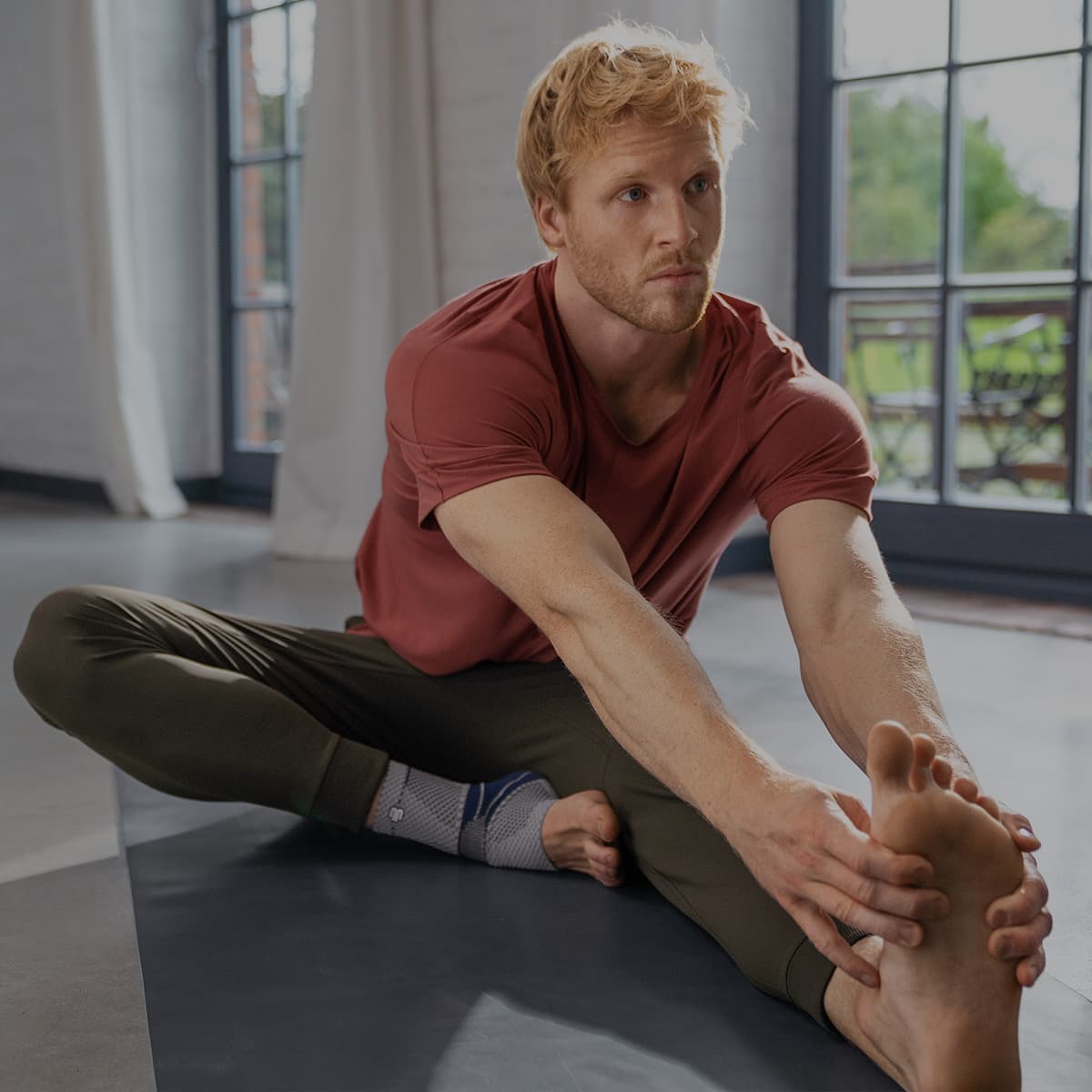Knee injuries are more common than any other joint in your body. With a range of issues that affect them including meniscus and ligament injuries, fracture and dislocation, arthritis and swelling and more, it’s no surprise that we’re often dealing with pain and problems in these joints.
With hundreds of thousands of Australians having knee surgery every year, chances are you or someone you know has gone under the knife to try and fix their knee problems.
If you’ve damaged a ligament, had a bad injury to the knee, or a recurring issue that’s become chronic, then it’s likely that a doctor, surgeon or just a friend will mention surgery as an option. Navigating these options isn’t just about how the knee will be now, but years down the track. We’ve outlined what it’s like after knee surgery, and how to give your body the best chance at a full recovery.
What is knee surgery?
Surgery on the knee is generally classed as one of three different types of procedure. The severity of the injury/issue, age and general health of the patient and the recommendation of the doctor.
Repair: this involves a relatively minor procedure, usually stitching together a damaged part of the knee or removing it. Examples include meniscectomy, arthroscopy and meniscus suture.
Reconstruction: This normally involves rebuilding one or more of the structures within the knee to restore normal function, most often with a graft. Examples include ACL reconstruction, tendon graft.
Replacement: This is the most serious type of surgery you can get for your knee, and is reserved for people over a certain age (due to the longevity of the replacement joint). This can be either a full or partial replacement, but involves replacing the bone joint with an artificial one made of metal and special components. This is generally done with severe arthritis, complete ligament failure and other chronic problems.
Post-op rehab
Once the knee has been operated on, there’s normally a recovery period of anywhere between 3-8 weeks (in some more serious cases, this may be longer). Rehabilitating the knee during this period is crucial to the long-term recovery and effectiveness of this joint, and can make the difference between a smooth recovery and chronic pain.
While each person’s needs are unique post-op, there’s still the same set of core efforts required to aid recovery of the knee.
Physiotherapy and exercise
Keeping the muscles moving and building up strength in the surrounding area is key to restoring the function and mobility of the leg. Working with a therapist to target the right muscles is key.
Support and compression
Using braces, supports and compression garments during the initial recovery is one of the best ways to improve the long term function of the knee, as well as relieving pain. This is especially helpful with ligament surgery in aiding the success of a graft and flexibility of the knee.
Consistent care
No matter what the treatment, consistency is everything with post-op recovery. Making sure you’re doing the same things each day and keeping the same level of care each day will give your knee a proper and effective recovery.
Taking care of the knee down the road
Once the surgery and recovery period has finished, and your knee is back to normal (as normal as it can be anyway), it can be tempting to return to life as usual. However, taking care of your knee properly is more important than ever. If you’re still remaining active and playing sports, exercising etc, protecting your knee with a brace or support allows for much more use of the knee without risking further damage.
Keeping strength and flexibility in the knee over the years after your surgery is one of the best ways to keep out of the operating theatre. Low impact exercise like swimming, cycling and floor based stretching all help to gain strength while minimising strain on the joint itself.














